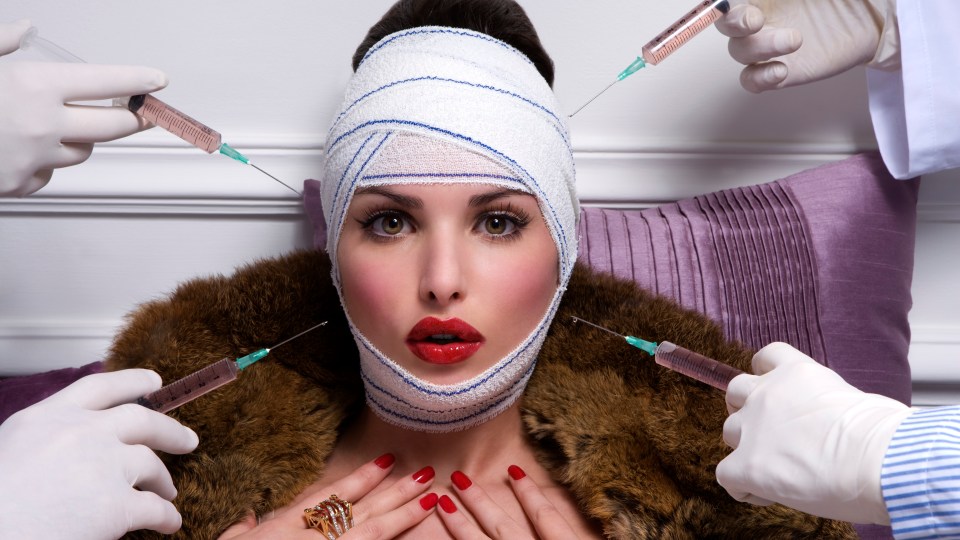


If you think Botox is taking over the world, one wrinkle at a time, you’re thinking too small.
Botox – derived from a deadly nerve poison – works in tiny doses to paralyse muscles. This is how it causes crow’s feet and frown lines to vanish for a while.
But it’s being used to treat an odd array of conditions. In fact, Botox wasn’t intended (not yet thought of) as an anti-ageing treatment.
It was developed first as a treatment for easing eyelid spasms. It works by weakening the eyelid muscles.
And this is just the beginning
The Federal Drug Administration (FDA) in the US has approved Botox as a treatment for nine conditions, including:
- Chronic migraine: Some doctors believe that a placebo effect is likely at work, rather than Botox having a direct effect on the headaches. Regardless, people have fewer migraines when taking Botox
- Excessive underarm sweating: This has led some people to use Botox to treat, off label, overly sweaty hands and feet
- Crossed eyes, also known as strabismus: This was one of the earliest. Botox helps realign the eyes when they don’t line up in the same direction
- Overactive bladder: This is a tricky one. The treatment is effective in that, according to one study, women using Botox have less leaks during the day. But the toxin can work too well, causing the bladder to shut down
- Urinary incontinence: See above
- Severe neck spasms: In 2000, the FDA approved Botox as a treatment for cervical dystonia, which is characterised by abnormal head position and severe neck pain.
The Therapeutic Goods Administration TGA) has made similar approvals.
But wait, there’s more
As of 2017, Allergan, the company that owns Botox, held close to 800 more patents for potential uses of the drug.
That’s according to a Time magazine piece about off-label use of Botox.
It’s very easy to do in the US, legally obtaining drugs for random conditions. It borders on prescription as a consequence of rumour.
As Time explained: “Once a drug is approved in the US for one medical condition, doctors are legally allowed to prescribe it for any medical issue they think it could benefit”.
This is regardless of whether Botox has been proven to work for in these instances.
Allergen is conducting clinical trials to see if Botox can treat depression.
There are people who believe that Botox can treat premature ejaculation: Allergan is studying the issue. The idea is that a shot of Botox shot into the penis might relax the muscles and delay ejaculation.
Abnormal heartbeat is another area of interest that Allergan is exploring. Can Botox prevent abnormal heartbeat patterns after open-heart surgery?
Severely cold hands, cleft lip scars in babies, painful sex, and sore feet: People are reportedly using Botox for these conditions, and reporting success.
Science, from the company and whatever gets done independently, will have to play catch up.
It’s a risky proposition
Not everyone has found success with using Botox off label.
According to Time: “There have also been a number of high-profile lawsuits brought against Allergan in which plaintiffs claimed that off-label uses of Botox for ailments like a child’s cerebral-palsy symptoms or an adult’s hand tremors caused lasting side effects.”
See here to learn more about the conditions being treated with Botox in Australia.










